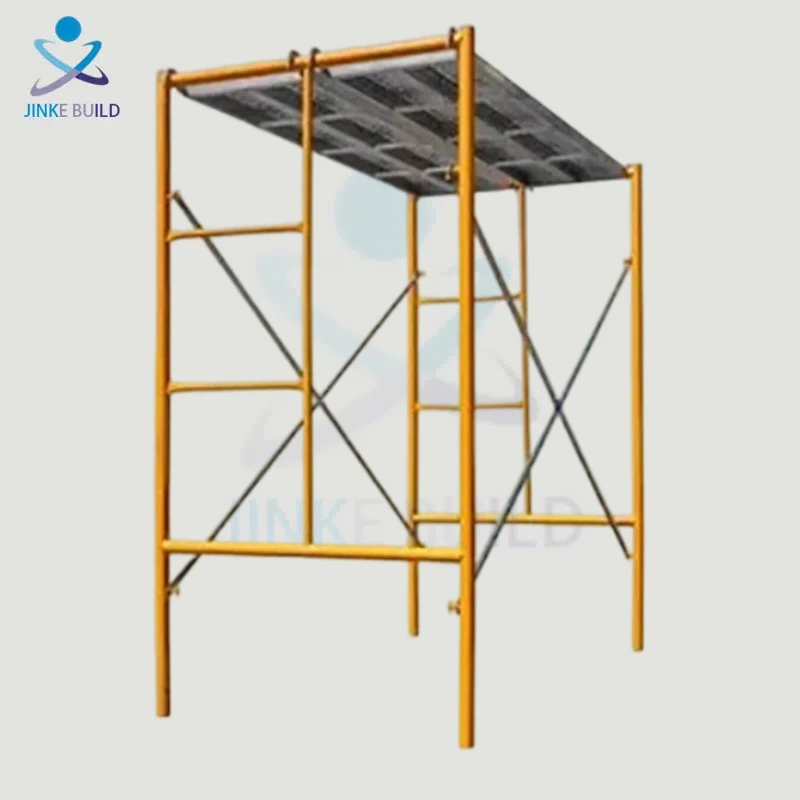Important advice on sizing up aluminum scaffold lifts and connectors
When checking aluminium scaffolding is safe and robust, one must check the welds and joints. By better inspecting, potential problems and weaknesses that might result in accidents or structural collapses can be identified. For a reputable company in the sector like Jinke, the value of full inspection is well recognized. Here are some tips for inspecting the welds and joints in aluminum scaffolding to ensure it meets the high standards for safety and quality.
Expert Tips for Inspecting Weld Quality on Aluminium Scaffolding
When inspecting the welds on aluminum scaffolding, you always need to keep your eyes peeled. Such welds should be checked for crack, porosity, lack of penetration and incomplete fusion when scrutinized. Welds ought to be smooth and even with no faults being visible. Jinke's specialist guide on aluminum scaffolding pointing out the critical aspect of checking the weld quality to assure that it lasts really long. In order to troubleshoot and correct any problems on your welding equipment the use of best practices and standards in this industry are advised.
Best Ways to Promote The Longevity of Aluminum Scaffold Joints
Aside from weld quality testing, consideration of the durability of Suspended Platform connections is also necessary. Well built joints should be firmly fitted and not loose or out of alignment. Some of Jinke's best ways to test the joint reliable include regular visual examinations, non-destructive testing is done if need be and following standardized maintenance procedures. If you give special treatment on the durability and robustness of joints connection we can ensure that your aluminum scaffold will last longer and safer for construction sites purposes.
Welds on Aluminum Scaffolds: Some Important Things to Look For
There are a few things to keep in mind when inspecting welds on Aluminum Scaffold so the proper quality and safety requirements will be kept. Take it further- think about the actual composition of the weld, how it was welded and any environmental factors such as temperature that can affect the integrity of a weld. Jinke discusses that welds should be evaluated in accordance with industry standards, and engineering practices like performance and structural integrity. By bearing these essentials factors in mind during an inspection, you can respond proactively to any challenges and mitigate the risks of malfunctioning welds.
Field Day Proven Ways to Find Out Bad-Boy Aluminum Scaffold Welds
Flaws in aluminum scaffold welds require visual inspection and advanced testing here as well. JinKe has mature procedures for conformance testing such as ultrasonic, dye penetrant and magnetic particle inspections to detect hidden defects or discontinuities in welds. Using these sophisticated techniques together with traditional visual checks, quality and potential action for remedy in the case of bad aluminium scaffold welds can be reliably judged. Its necessary to invest in dependable testing methods to ensure Automated Greenhouse is structurally sound and safe for use throughout construction.
Conclusion
Checking welds and joints on aluminum scaffoldings is one of the typical quality control measures for safety and durability. You can adequately meet these high quality and performance standards by heeding important tips, assessing weld quality, focusing on joint integrity, knowing important considerations and applying reliable methods of flaw detection.


